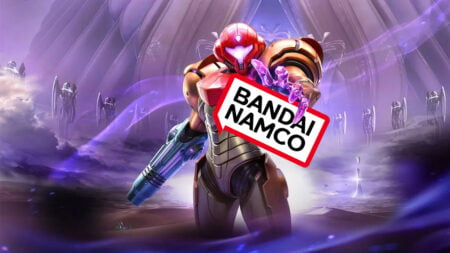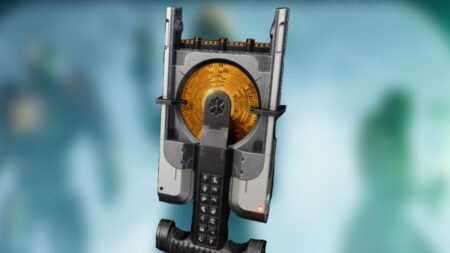- Developer: From Software
- Publisher: Sony
- Version reviewed: PlayStation 4 – exclusive
- Released on: March 24, 2015
As being a seasoned Souls series fan, I jumped at the first chance I got to play From Software’s new action RPG, Bloodborne. What I thought would be a typical Souls-like game, where you need to patient and calculative, I found that I was wrong. I also happened to die. A lot. What was dubbed as the first 18 minutes of the game by the developers, turned out to be the first four hours.

I am definitely not upset with that. When I did conquer the first “18 minutes” of the game, I felt accomplished. More so than I did when I played Dark Souls. The feeling bordered on addicting. From Software has another classic on their hands.
From the get go, when one starts playing Bloodborne, one is taken aback by some of the horrific images you encounter. From a werewolf (called netherbeasts) coming out of a pool of blood only to instantly combust to little creatures (called messengers) crawl on top of you, you know this isn’t anything like the fantasy RPG setting of the Souls series. This was a true horror RPG.
The story of Bloodborne takes players to the city of Yharnam. Yharnam is overtaken by the plague of beasts and there are few humans left. Those that are, mostly are hunters. There isn’t much to the story; it really is open to interpretation. That is what is fun about the game.

Throughout the game players come across different pieces of lore in either items you pick up or little notes left behind. These pieces of lore, though deep, still are really clues about the world around you. There is eeriness to it, like a prickling to the back of you neck.
The world is complimented by the beautiful level design. Graphics never looked better on the PlayStation 4 and From Software seemingly used the full power of the console. It isn’t even just the look of the graphics, but the sound as well. The sound design is some of the best you will hear in a game, from the loud footsteps your character makes in what is otherwise a dead quite area (an ambush for sure) to the sound of the beasts that you come across makes everything a character in itself.
Even though the game is like Dark Souls in many ways the biggest difference is the combat. Enemies are bigger and badder in every way from their size, their look, and their damage output. The first boss players come across, the Cleric Beast, is From Software’s way of throwing even seasoned Dark Souls players like myself into the deep end in the new form of combat. The enemies are more aggressive, thus forcing players to be as well.

A plus side for being aggressive is the regain system. If an enemy hits you, you have a quick chance of a counter attack that allows you to gain back some health. This helps a lot at times because you can only carry 20 blood vials, which are like health potions. Health potions and bullets for your firearms are plenty but you can only hold 20 at a time. Unlike the refillable Estus Flasks in Souls games, vials are finite.
Another thing From Software decided to work on for the better, is the equip burden. Bloodborne doesn’t have equip burden, though it does trade that for the amount of each items you can carry. You also don’t fat or midroll. What is in a way, a fair advantage, players can only side step when they are locked onto an enemy.
Alongside the main content of the game, there are the multiplayer functions making their return. Players can initiate co-op by ringing the Beckoning Bell that uses one insight, much like the Souls games humanity. Insight is used if you want help for defeating a boss, but you get one for initiating a boss fight and beating the boss. If you already beat a boss but want to help others, you can offer your services by ringing the Small Resonant Bell. This doesn’t use insight, but instead you gain one if you help the beckoner defeat the boss.

Invasions are seemingly less few in Bloodborne. If you ring the Beckoning Bell, you are opening yourself to invasions. A sinister bell woman enters the area, but if players kill her, it prevents people from invading. There are some areas of the game though that is always an invasion area, mostly late game areas.
Leaving notes and seeing how people died also returns. I always find it fun to see how a particular boss killed players, so I know what not to do. It is also fun to leave bad messages, giving bad info, to trick those into falling into a trap. The opportunities are endless in Bloodborne’s multiplayer options and give you tons of extra content to enjoy.
After the main game is over, new game plus is available. New Game Plus gives players another challenge, one that gives even more hours of fun content. Enemies are harder (can you imagine?) and there are events that are only available to this mode.
The game isn’t without its pitfalls though. Long load times and some poor frame rate issues plague Bloodborne. The poor frame rate is only noticeable when you are speeding through the game. In a way it is like From Software’s way of saying, take your time.

Bloodborne is a game that players need to adjust their play styles with, but once you beat the game it gives a feeling of satisfaction. From Software has made a great PlayStation 4 exclusive that can be a console seller. The combat is fluid and solid, the environments are engaging, and multiplayer gives hours of extra content. Players can expect to put anywhere between 40-60 hours into the main game (not including New Game Plus), thus making Bloodborne worth the $60 price tag. Now if you excuse me, I plan on going on dying again.
[review]







